Home>Home Appliances>Laundry Appliances>How To Clean A Top-Loading Washing Machine
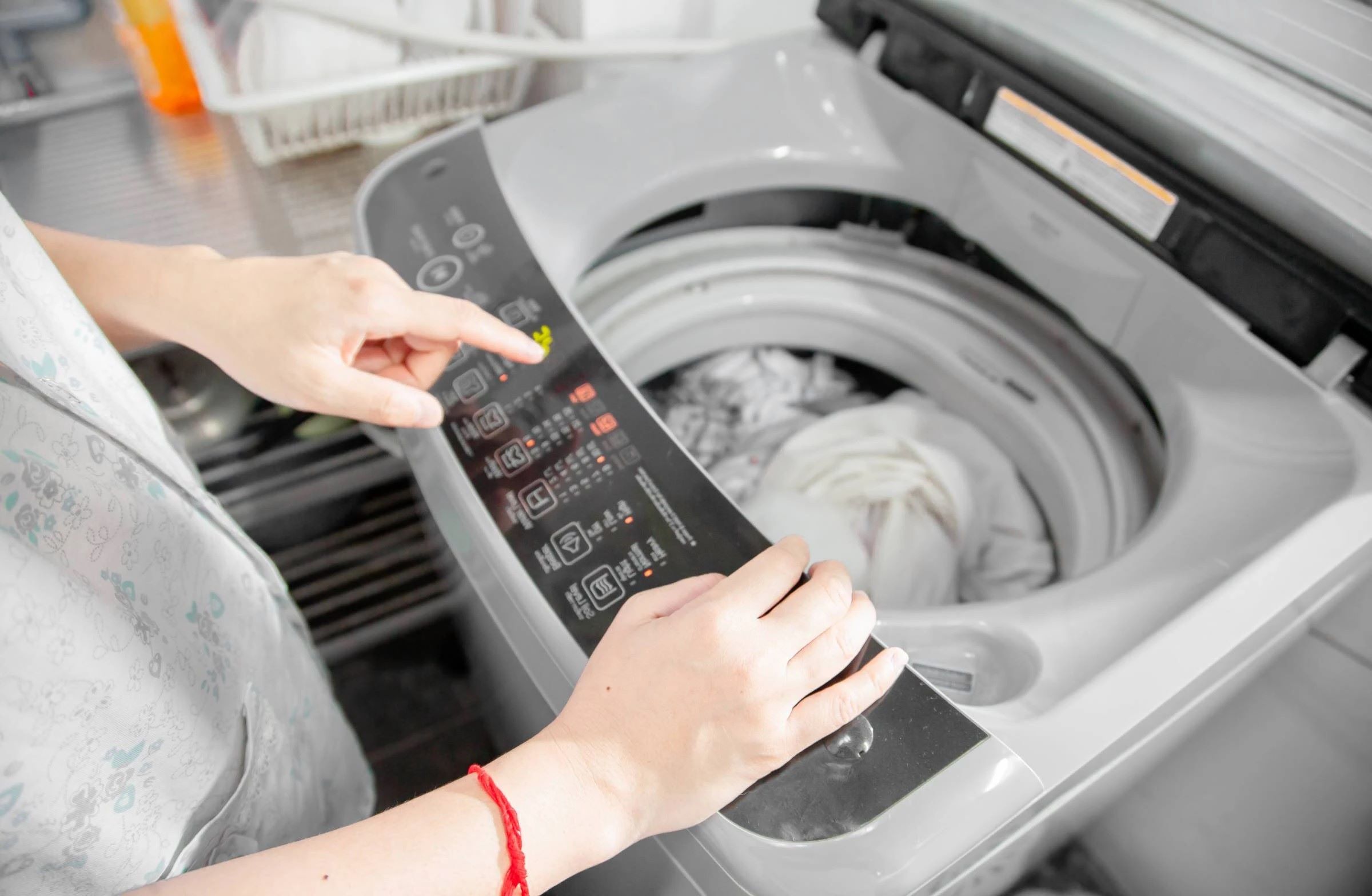

Laundry Appliances
How To Clean A Top-Loading Washing Machine
Modified: March 2, 2024
Learn how to effectively clean your top-loading washing machine for optimal performance and cleanliness. Discover expert tips and tricks for maintaining your laundry appliances.
(Many of the links in this article redirect to a specific reviewed product. Your purchase of these products through affiliate links helps to generate commission for Storables.com, at no extra cost. Learn more)
Introduction
Maintaining a clean and efficient top-loading washing machine is essential for ensuring the longevity of your appliance and the cleanliness of your laundry. Over time, residue from detergent, fabric softener, and minerals from hard water can accumulate in the drum, leading to unpleasant odors and potentially affecting the cleanliness of your clothes. Additionally, the exterior of the washing machine can gather dust, grime, and spills, detracting from the overall appearance of your laundry area.
Regularly cleaning your top-loading washing machine not only eliminates these issues but also contributes to the appliance's optimal performance. By following a few simple steps and using common household supplies, you can keep your washing machine in top condition, ensuring that your clothes emerge fresh and clean after every wash cycle.
In this comprehensive guide, we will walk you through the process of cleaning both the exterior and interior of your top-loading washing machine. From gathering the necessary supplies to running a cleaning cycle, we will provide you with practical tips and techniques to maintain a spotless and odor-free appliance. Additionally, we will share valuable insights on how to effectively wipe down the drum and lid, as well as essential tips for ongoing maintenance.
By incorporating these cleaning practices into your routine, you can extend the lifespan of your top-loading washing machine, minimize the risk of malodorous laundry, and ensure that your clothes are consistently laundered to perfection. Let's delve into the step-by-step process of revitalizing and maintaining the cleanliness of your top-loading washing machine.
Key Takeaways:
- Regularly clean your top-loading washing machine using white vinegar, baking soda, and mild dish soap to eliminate odors, residue, and mineral buildup. This ensures fresh and clean laundry and extends the lifespan of your appliance.
- Adopt proactive measures such as using high-quality detergent, measuring detergent accurately, and leaving the lid open to maintain a clean and efficient washing machine. Regularly clean the exterior and schedule maintenance checks for optimal performance.
Read more: How To Clean A Samsung Top Load Washer
Gather Your Supplies
Before embarking on the cleaning process, it's essential to gather the necessary supplies to ensure a thorough and effective cleaning of your top-loading washing machine. Here's a comprehensive list of items you'll need:
-
White Vinegar: This versatile household staple is highly effective in removing mineral buildup and disinfecting the interior of the washing machine.
-
Baking Soda: Known for its deodorizing properties, baking soda helps eliminate odors and residue from the drum and agitator.
-
Microfiber Cloth: Opt for a soft, lint-free microfiber cloth to wipe down the exterior of the washing machine without leaving streaks or scratches.
-
Toothbrush or Soft Bristle Brush: A toothbrush or soft bristle brush is ideal for reaching tight spaces, such as around the lid, knobs, and detergent dispenser.
-
Warm Water: Having access to warm water is crucial for creating cleaning solutions and rinsing the interior and exterior of the washing machine.
-
Mild Dish Soap: A gentle dish soap can be used to clean the exterior surfaces, including the control panel and lid.
-
Old Towels or Rags: Keep old towels or rags handy to wipe up any spills and to protect the floor from potential drips during the cleaning process.
-
Rubber Gloves: While optional, wearing rubber gloves can protect your hands from cleaning solutions and potential allergens.
By ensuring that you have these supplies readily available, you can streamline the cleaning process and achieve optimal results. With these items in hand, you'll be well-prepared to tackle the task of revitalizing your top-loading washing machine, promoting a hygienic laundry environment, and ensuring that your clothes emerge fresh and clean after each wash cycle.
Clean the Exterior
Cleaning the exterior of your top-loading washing machine is a crucial step in maintaining a hygienic and visually appealing laundry area. Over time, dust, spills, and everyday grime can accumulate on the surfaces, detracting from the overall cleanliness of the appliance. By following these simple yet effective steps, you can restore the exterior of your washing machine to its pristine condition.
-
Prepare the Cleaning Solution: Begin by creating a gentle cleaning solution using warm water and a small amount of mild dish soap. This solution is ideal for removing dirt and stains from the exterior surfaces without causing damage.
-
Dampen the Microfiber Cloth: Dip a soft, lint-free microfiber cloth into the cleaning solution, ensuring that it is damp but not excessively wet. Excess moisture can seep into the control panel or other sensitive areas, potentially causing damage.
-
Wipe Down the Surfaces: Starting from the top, gently wipe down the control panel, knobs, and any digital displays using the dampened cloth. Pay close attention to the areas around the buttons and crevices, where dust and grime tend to accumulate.
-
Clean the Lid and Exterior: Next, focus on the lid and the remaining exterior surfaces of the washing machine. Use the damp cloth to remove any visible stains, spills, or fingerprints. For stubborn stains, gently scrub the affected areas with a soft bristle brush or a toothbrush.
-
Rinse and Dry: Once the surfaces have been thoroughly cleaned, use a separate clean cloth dampened with plain water to rinse off any soapy residue. Follow up by drying the surfaces with a dry microfiber cloth to prevent water spots and streaks.
-
Detail the Details: Pay attention to the finer details, such as the detergent dispenser, fabric softener compartment, and any decorative elements on the exterior. Use a toothbrush or a soft bristle brush to gently clean these areas, ensuring that no residue is left behind.
By incorporating these steps into your cleaning routine, you can effectively maintain the exterior of your top-loading washing machine, enhancing the overall cleanliness and visual appeal of your laundry area. This proactive approach not only contributes to a hygienic environment but also prolongs the lifespan of your appliance, ensuring that it remains a reliable and integral part of your household for years to come.
Clean the Interior
Cleaning the interior of your top-loading washing machine is a critical step in maintaining its functionality and ensuring that your laundry emerges fresh and clean after each wash cycle. Over time, detergent residue, mineral deposits, and fabric softener buildup can accumulate inside the drum, leading to unpleasant odors and potentially affecting the cleanliness of your clothes. By following a systematic approach to cleaning the interior, you can effectively eliminate these issues and promote a hygienic laundry environment.
Steps to Clean the Interior:
-
Create a Cleaning Solution: Begin by preparing a cleaning solution using white vinegar and baking soda. These natural ingredients work synergistically to dissolve mineral deposits, eliminate odors, and sanitize the interior of the washing machine. In a small bowl, mix 1/4 cup of white vinegar with 1/4 cup of baking soda to form a foamy solution.
-
Add the Cleaning Solution: Open the lid of the washing machine and pour the prepared cleaning solution directly into the drum. Ensure that the solution is distributed evenly, allowing it to come into contact with the interior surfaces where residue and odors may be present.
-
Let it Sit: After adding the cleaning solution, allow it to sit undisturbed for approximately 30 minutes. This dwell time allows the vinegar and baking soda to penetrate and break down the accumulated residue, facilitating easier removal during the cleaning process.
-
Scrub the Agitator and Interior Surfaces: Using a soft bristle brush or a clean cloth, gently scrub the agitator and the interior surfaces of the drum. Pay particular attention to any visible residue or stains, ensuring thorough coverage of the affected areas. The gentle scrubbing action helps dislodge and lift away the loosened buildup.
-
Wipe Down the Interior: Once the agitator and interior surfaces have been scrubbed, use a clean, damp cloth to wipe down the entire interior of the washing machine. This step helps remove the dissolved residue and ensures that the interior is left clean and free of any remaining cleaning solution.
-
Inspect and Rinse: Take a moment to inspect the interior surfaces for any lingering residue or buildup. If necessary, rinse the interior by running a cycle with plain water to flush out any remaining traces of the cleaning solution.
By following these steps to clean the interior of your top-loading washing machine, you can effectively eliminate residue, odors, and mineral deposits, ensuring that your appliance operates at its best and consistently delivers clean and fresh laundry. This proactive approach to interior cleaning contributes to the overall maintenance of your washing machine, promoting optimal performance and a hygienic laundry environment.
Read more: How To Deep Clean Top Load Washer
Run a Cleaning Cycle
Running a cleaning cycle is a pivotal step in the process of maintaining a top-loading washing machine. This dedicated cycle serves to thoroughly clean the interior of the appliance, eliminating residual detergent, fabric softener, and mineral buildup that may have accumulated over time. By following this essential step, you can effectively address any lingering odors, promote optimal washing performance, and contribute to the longevity of your washing machine.
To initiate the cleaning cycle, start by setting the washing machine to the hottest water temperature available. Hot water helps dissolve and dislodge stubborn residue, providing a more thorough cleaning effect. Additionally, the elevated temperature contributes to the sanitization of the interior, ensuring a hygienic environment for your laundry.
Once the water temperature is selected, add two cups of white vinegar directly into the washing machine drum. White vinegar serves as a natural disinfectant and odor eliminator, effectively targeting any lingering smells and bacterial growth within the appliance. The acidic nature of vinegar also aids in dissolving mineral deposits, contributing to a more comprehensive cleaning process.
Following the addition of white vinegar, allow the washing machine to agitate for a few moments to ensure the vinegar is evenly distributed throughout the drum. After this brief agitation, pause the cycle and allow the vinegar and water solution to sit for approximately one hour. This extended dwell time allows the cleaning solution to penetrate and loosen any stubborn residue, preparing it for thorough removal during the cleaning cycle.
Once the dwell time has elapsed, resume the cleaning cycle and allow it to run its full course. The combination of hot water and white vinegar works to cleanse the interior of the washing machine, dislodging and flushing away accumulated residue and odors. This comprehensive cleaning cycle effectively revitalizes the appliance, ensuring that it is primed for optimal washing performance and the delivery of fresh, clean laundry.
By incorporating a dedicated cleaning cycle into your maintenance routine, you can proactively address the buildup of residue and odors within your top-loading washing machine, promoting a hygienic and efficient laundry environment. This simple yet impactful step contributes to the overall care and maintenance of your appliance, ensuring that it continues to operate at its best and consistently delivers clean and fresh laundry.
Wipe Down the Drum and Lid
After completing the cleaning and maintenance steps for the interior and exterior of your top-loading washing machine, it's essential to pay special attention to the drum and lid to ensure a thorough and comprehensive cleaning process. The drum, where your laundry is washed, and the lid, which seals the washing machine during operation, can harbor residual detergent, fabric softener, and mineral deposits, potentially leading to odors and affecting the cleanliness of your clothes. By following these detailed steps to wipe down the drum and lid, you can effectively complete the cleaning process and ensure that your washing machine is primed for optimal performance.
Steps to Wipe Down the Drum and Lid:
-
Inspect the Drum and Lid: Begin by visually inspecting the interior of the drum and the underside of the lid. Look for any visible residue, stains, or lingering odors that may require attention. This initial assessment allows you to identify areas that need targeted cleaning.
-
Prepare a Cleaning Solution: Create a gentle cleaning solution using warm water and a small amount of mild dish soap. This solution is suitable for wiping down the drum and lid, effectively removing any remaining residue and promoting a fresh and hygienic environment.
-
Dampen a Clean Cloth: Dip a soft, lint-free cloth into the prepared cleaning solution, ensuring that it is damp but not excessively wet. The damp cloth provides the ideal tool for wiping down the interior surfaces of the drum and the underside of the lid without leaving streaks or residue.
-
Wipe Down the Drum: Starting from the top, gently wipe down the interior of the drum with the damp cloth. Pay close attention to the drum's walls and base, ensuring thorough coverage to remove any residual detergent or fabric softener. The gentle wiping action effectively lifts away any remaining buildup, contributing to a clean and odor-free drum.
-
Address the Lid: Next, focus on wiping down the underside of the lid, which may also accumulate residue and odors over time. Use the damp cloth to thoroughly clean the lid's interior surfaces, including the seal and any crevices where buildup may be present. This step ensures that the lid is free of any lingering residue, contributing to a hygienic laundry environment.
-
Rinse and Dry: Once the drum and lid have been wiped down, use a separate clean cloth dampened with plain water to rinse off any soapy residue. Follow up by drying the surfaces with a dry cloth to prevent water spots and streaks, leaving the drum and lid clean and pristine.
By following these detailed steps to wipe down the drum and lid of your top-loading washing machine, you can effectively complete the cleaning process, ensuring that the appliance is thoroughly revitalized and ready for optimal performance. This meticulous approach contributes to the overall maintenance of your washing machine, promoting a hygienic and efficient laundry environment while ensuring that your clothes emerge fresh and clean after every wash cycle.
Tips for Maintaining a Clean Washing Machine
Maintaining a clean washing machine goes beyond periodic deep cleaning. It involves adopting proactive measures to ensure that your appliance remains in optimal condition, delivering consistently fresh and clean laundry. By incorporating the following tips into your laundry routine, you can prolong the lifespan of your washing machine and promote a hygienic environment for your clothes.
Read more: How To Load A Top Load Washer
Use High-Quality Detergent
Selecting a high-quality, low-sudsing detergent is essential for preventing residue buildup in your washing machine. High-sudsing detergents can leave behind excess soap scum, leading to odors and affecting the cleanliness of your laundry. Opt for detergents specifically formulated for high-efficiency (HE) washing machines, as they are designed to produce minimal suds and effectively dissolve in all water temperatures.
Measure Detergent Accurately
Avoid using excessive amounts of detergent, as this can contribute to residue accumulation in the drum and on clothing. Follow the manufacturer's guidelines for detergent usage and consider using measuring cups or dispensers to ensure precise measurements. Using the right amount of detergent not only promotes cleaner laundry but also minimizes the risk of buildup in your washing machine.
Clean the Dispenser and Seals
Regularly inspect and clean the detergent and fabric softener dispensers to prevent residue buildup and mold growth. Additionally, wipe down the rubber door seal or gasket after each laundry cycle to remove any moisture or debris that may contribute to odors and bacterial growth. Keeping these areas clean and dry helps maintain a hygienic washing environment.
Leave the Lid Open
After completing a laundry cycle, leave the lid of your washing machine open to allow air circulation and moisture evaporation. This simple practice helps prevent the development of musty odors and mildew within the drum and seals. Allowing the interior of the washing machine to air out between uses contributes to a fresher and cleaner appliance.
Read more: How To Load Top Load Washer Without Agitator
Clean the Exterior Regularly
In addition to deep cleaning the interior, regularly wipe down the exterior surfaces of your washing machine to prevent the accumulation of dust, spills, and grime. This proactive approach not only maintains the visual appeal of your appliance but also contributes to a clean and inviting laundry area.
Schedule Maintenance Checks
Periodically inspect the hoses, filters, and drainage system of your washing machine for any signs of wear, blockages, or leaks. Additionally, consider scheduling professional maintenance checks to ensure that the appliance's mechanical components are functioning optimally. Addressing any issues promptly can prevent potential malfunctions and maintain the overall cleanliness of your washing machine.
By integrating these practical tips into your laundry routine, you can effectively maintain a clean and efficient washing machine, ensuring that your appliance operates at its best and consistently delivers fresh and clean laundry. These proactive measures not only contribute to the longevity of your washing machine but also promote a hygienic and inviting laundry environment for you and your family.
Frequently Asked Questions about How To Clean A Top-Loading Washing Machine
Was this page helpful?
At Storables.com, we guarantee accurate and reliable information. Our content, validated by Expert Board Contributors, is crafted following stringent Editorial Policies. We're committed to providing you with well-researched, expert-backed insights for all your informational needs.
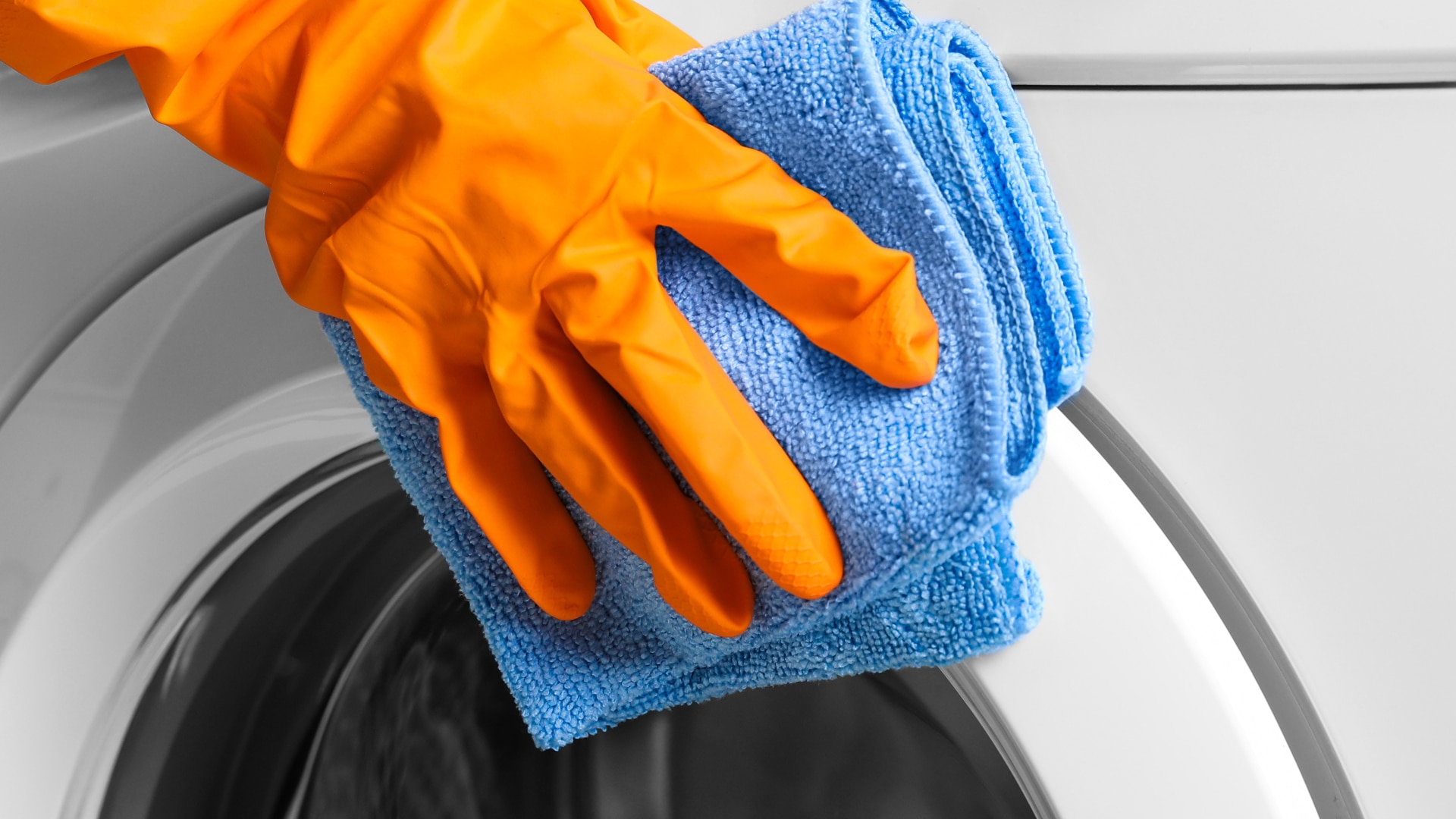
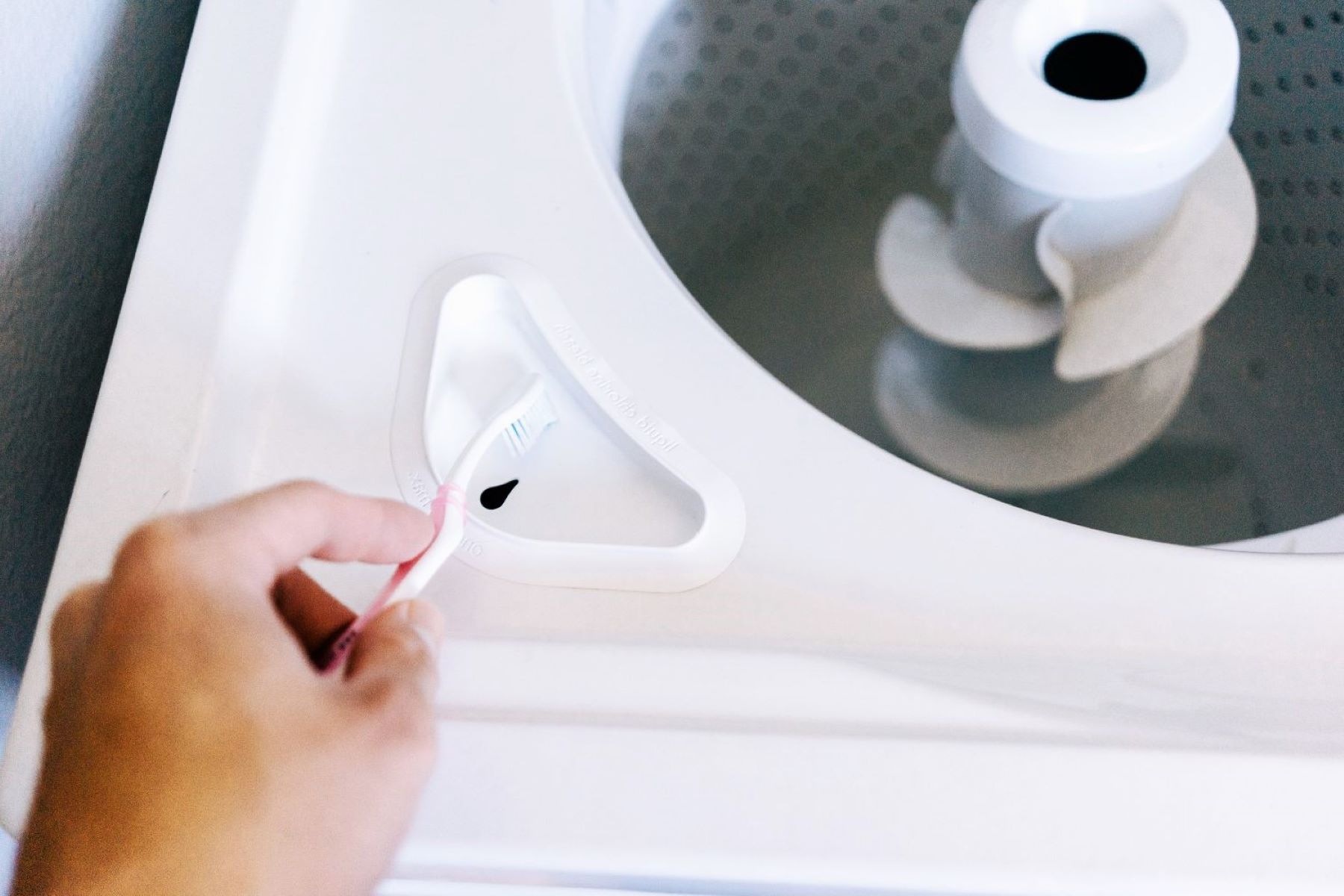
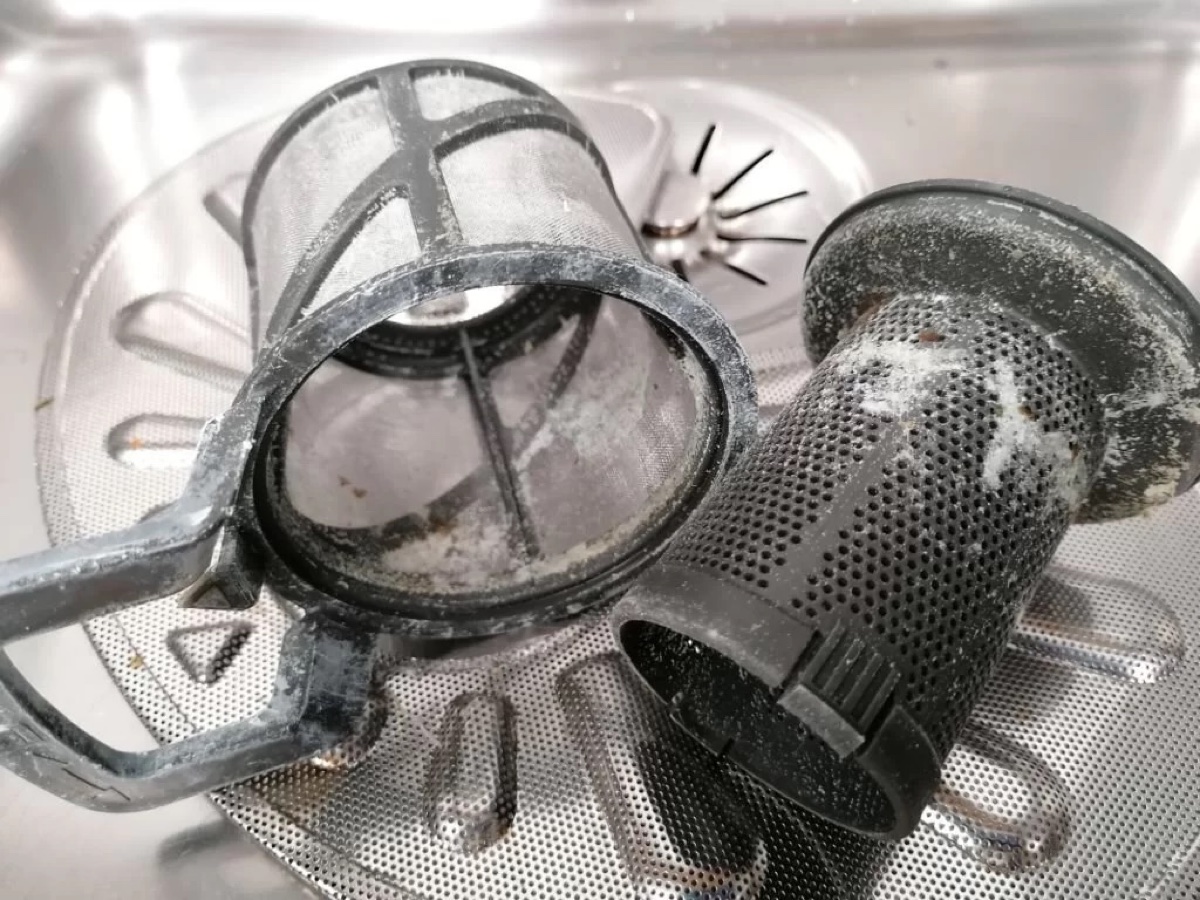
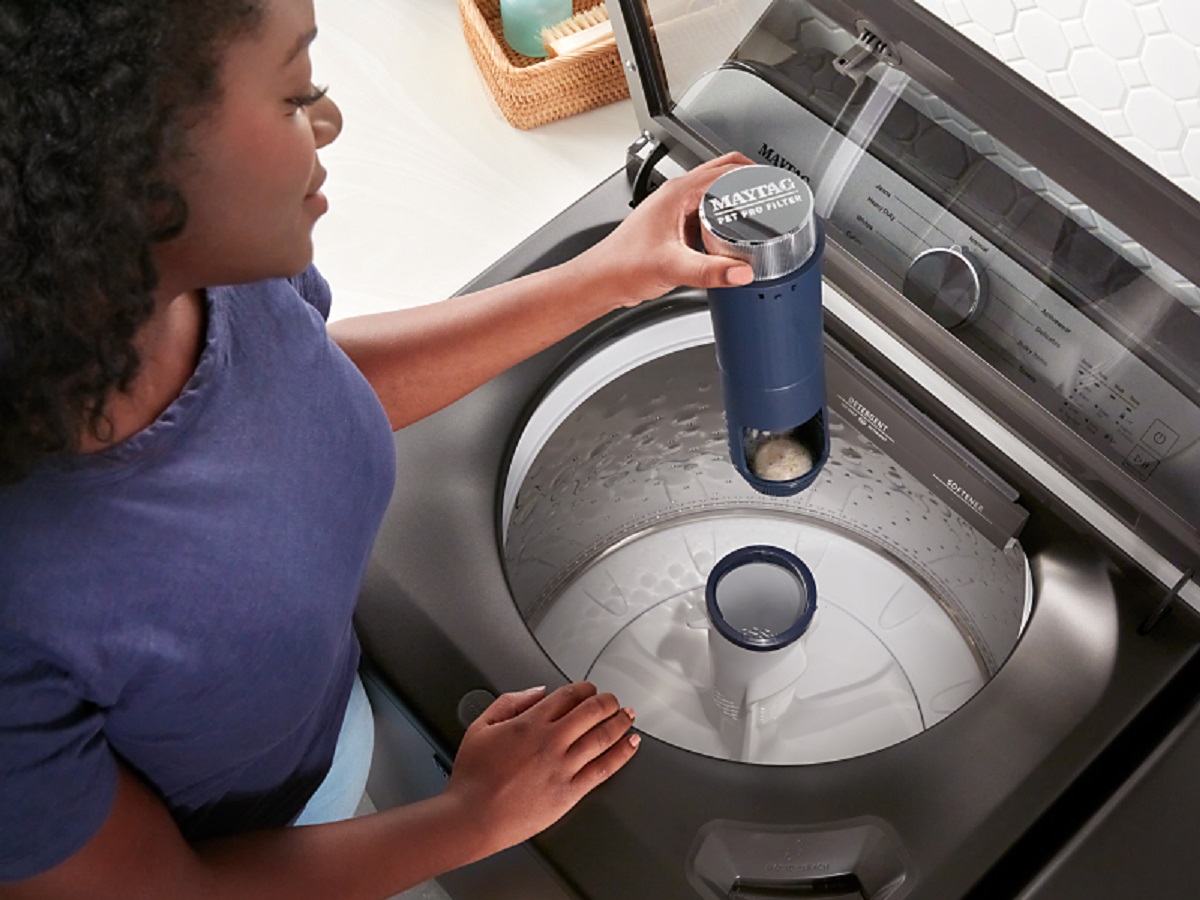
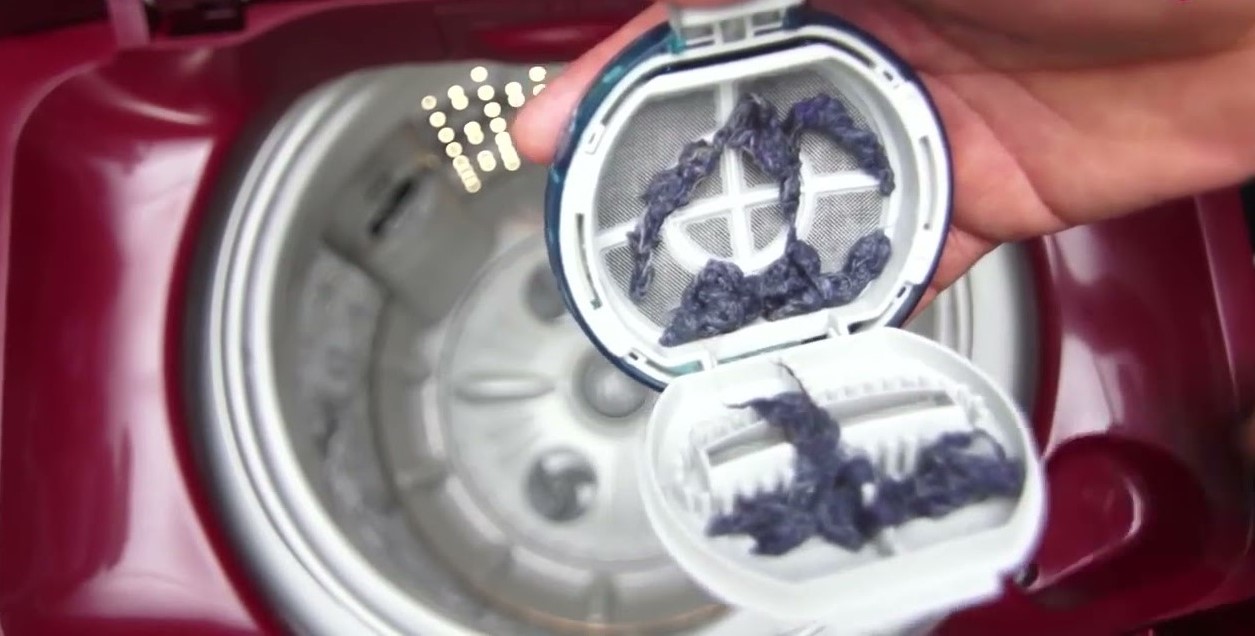
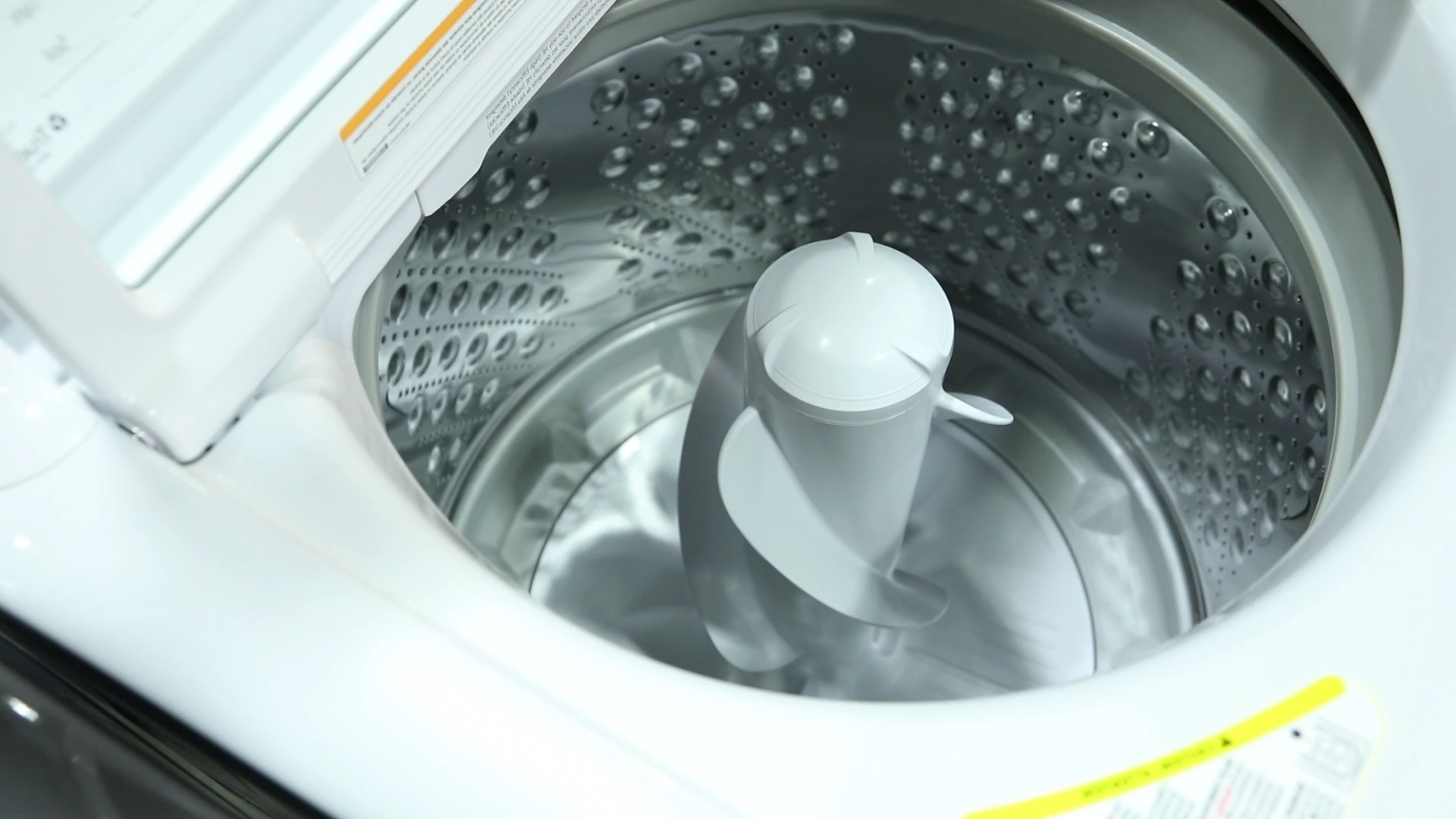
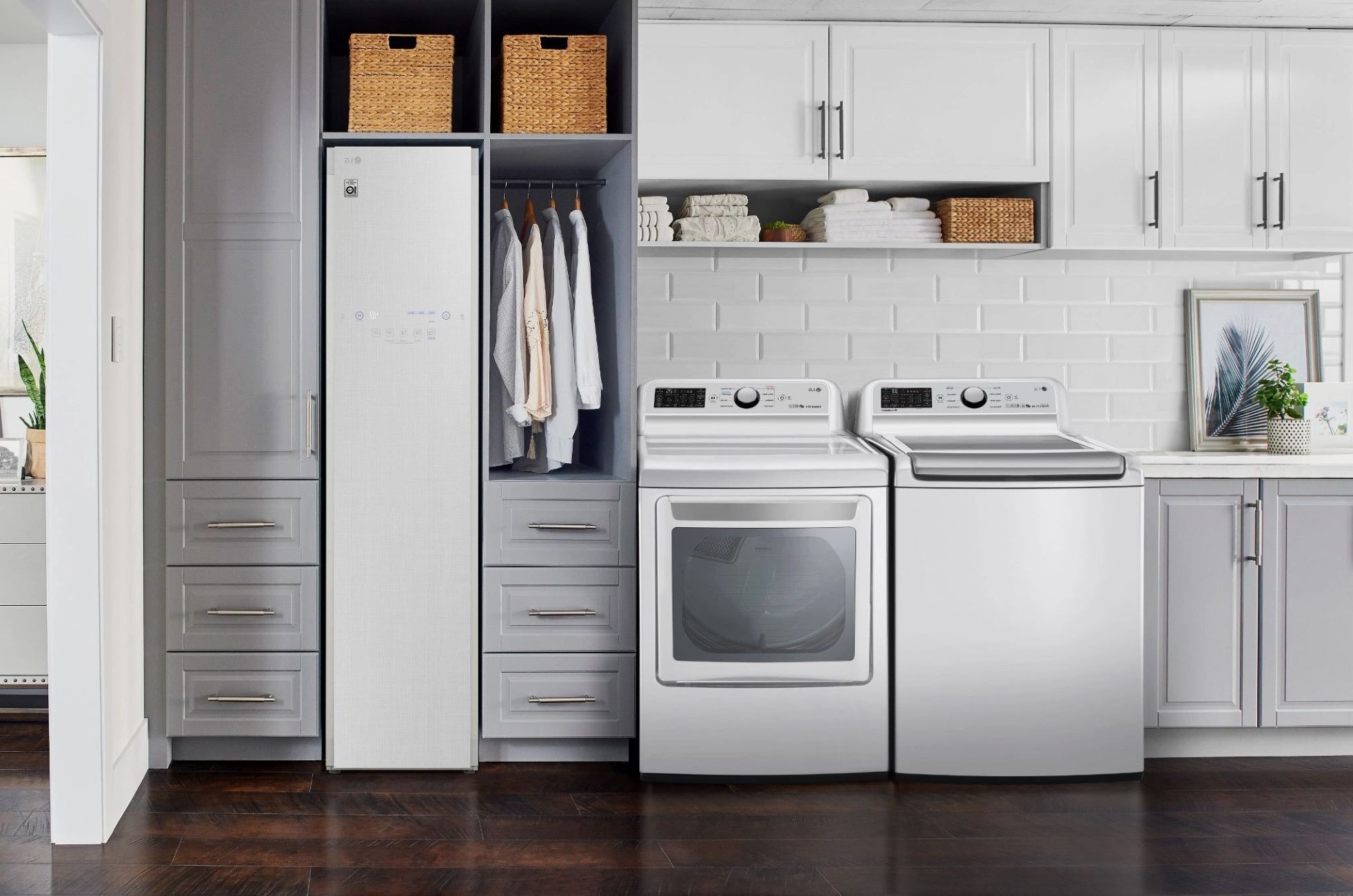
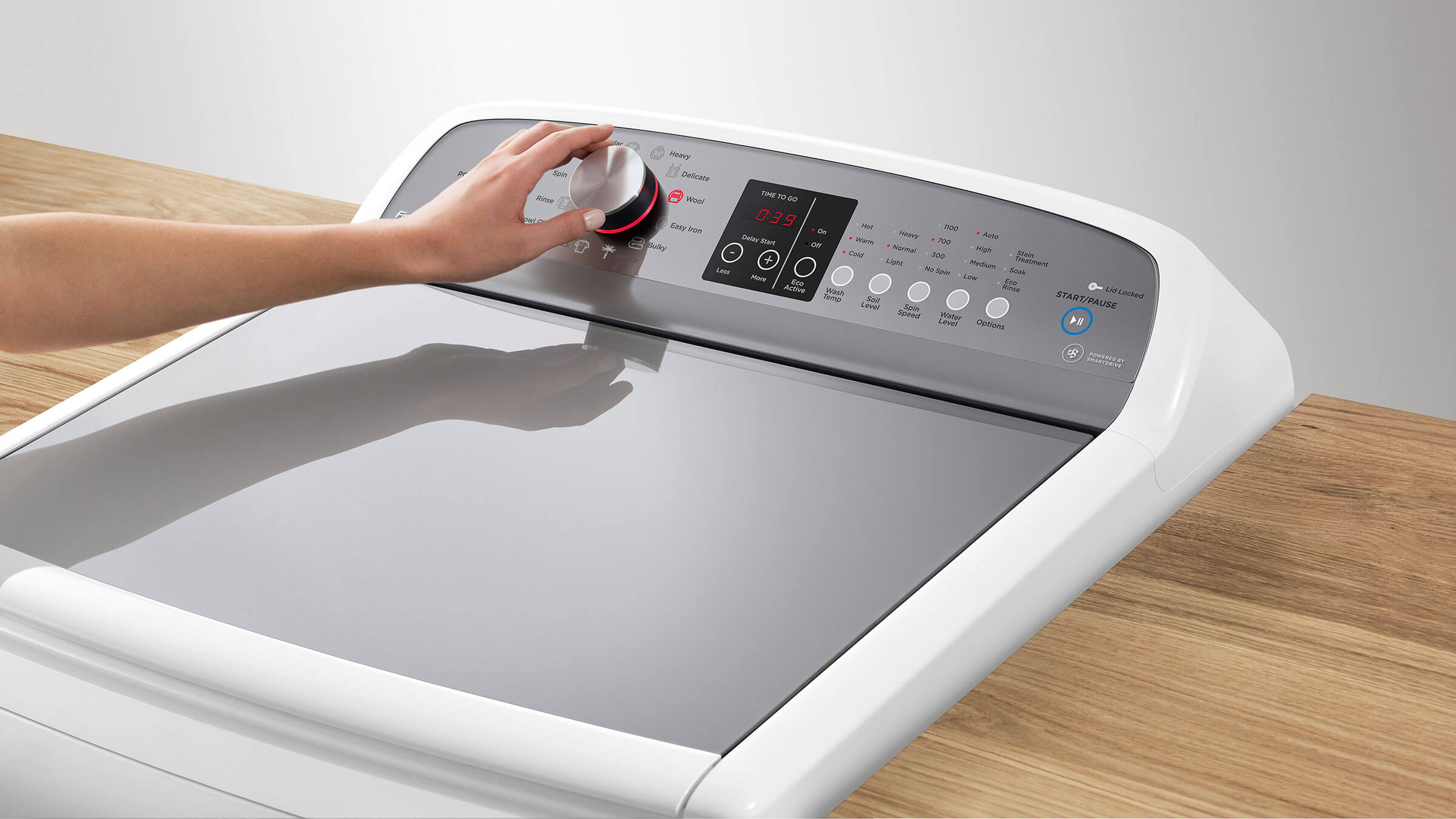
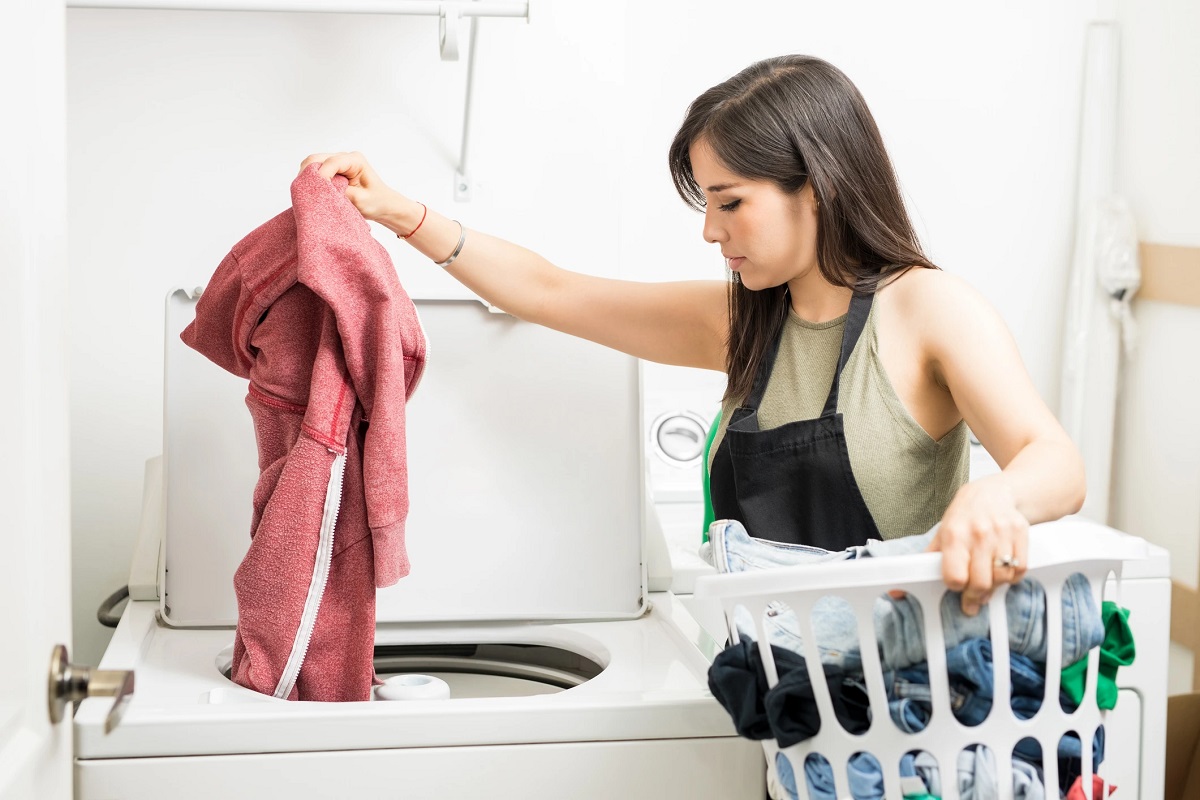
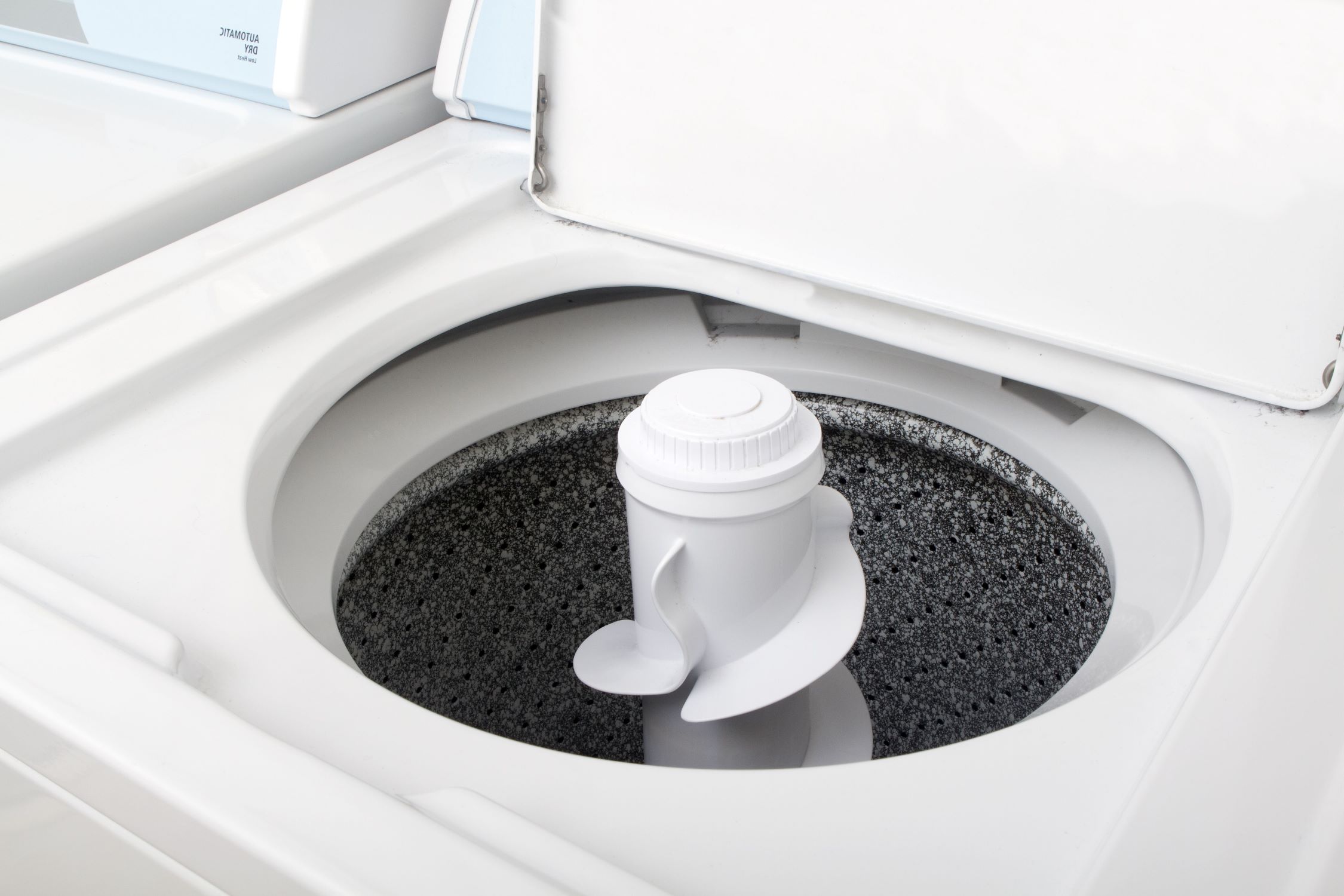
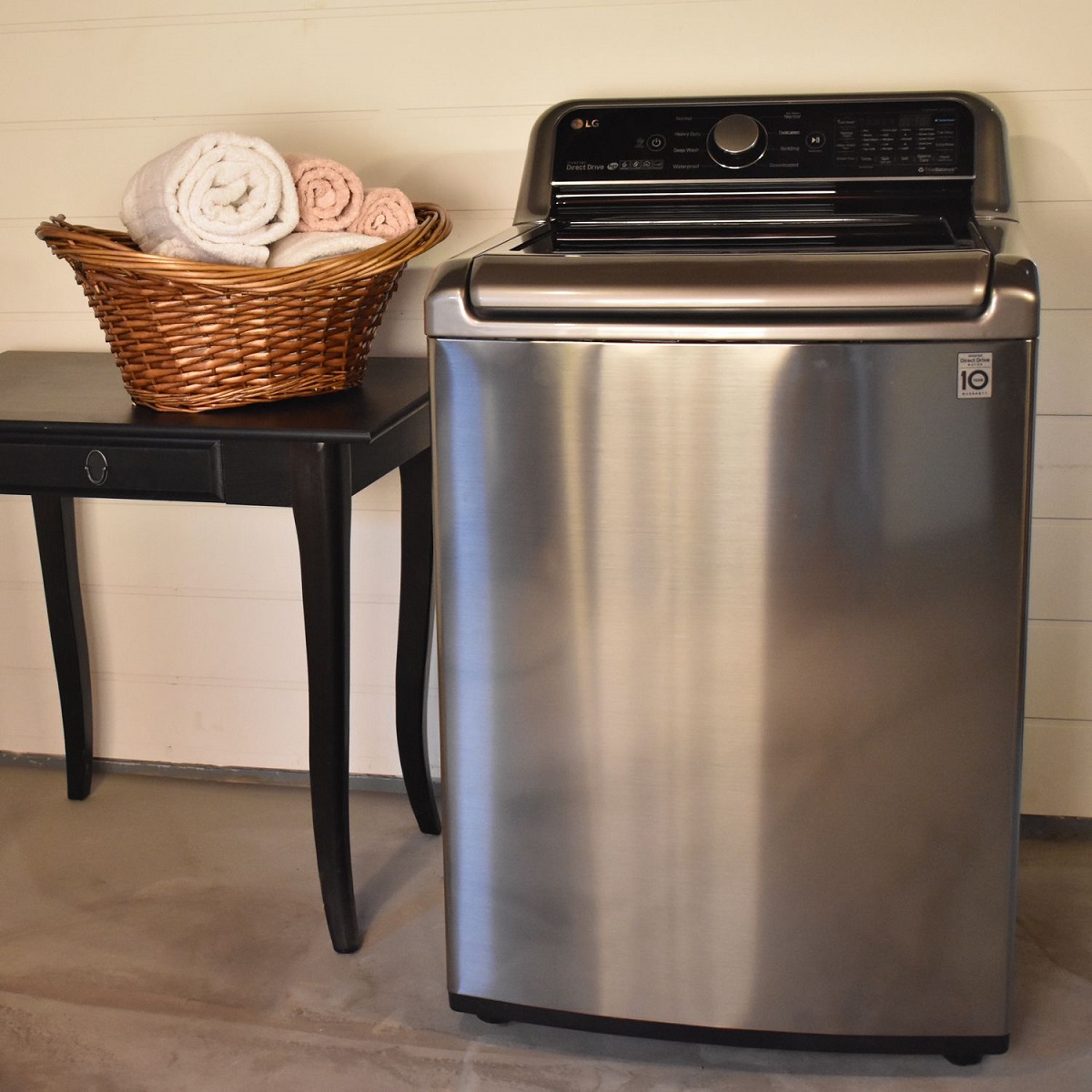
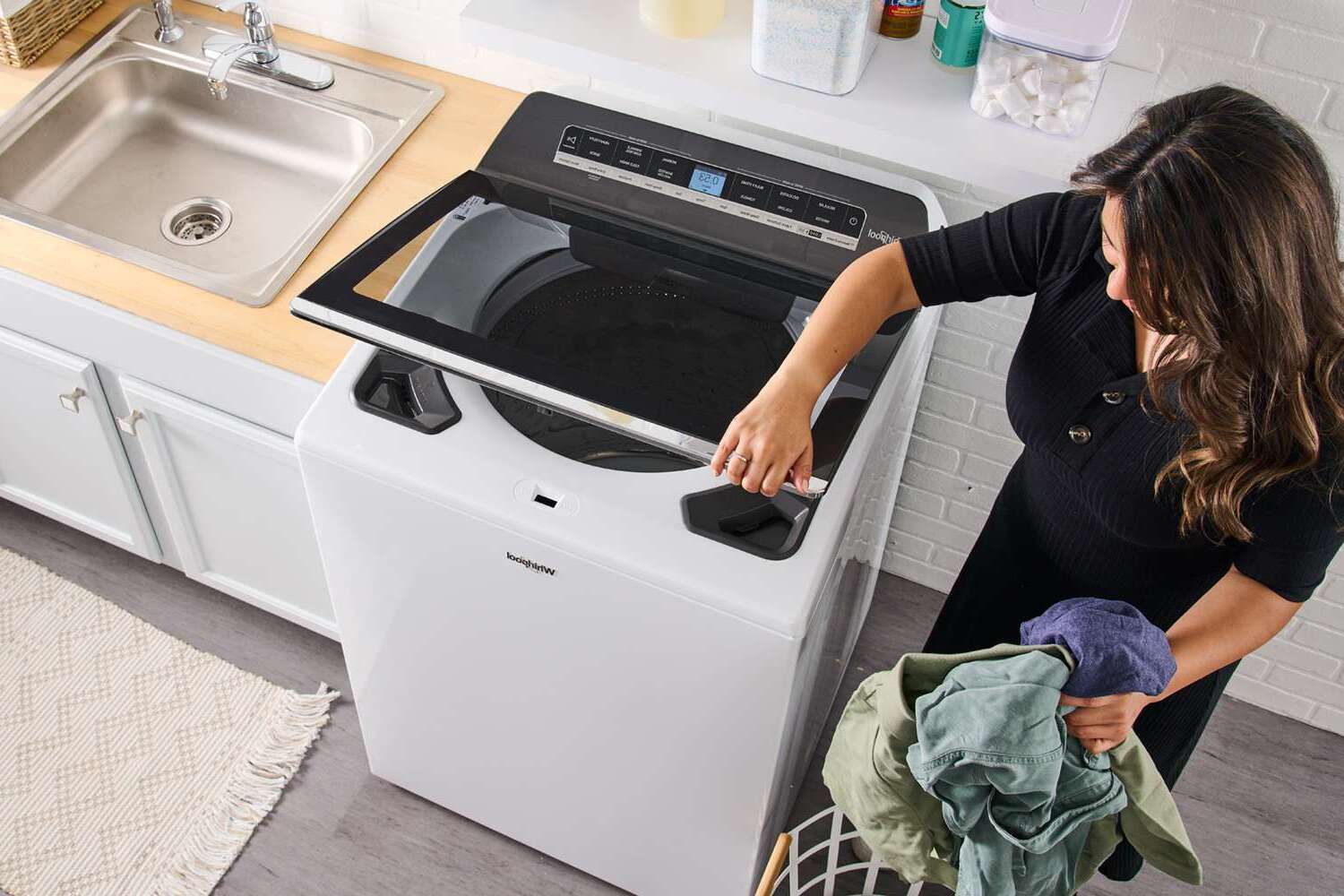

0 thoughts on “How To Clean A Top-Loading Washing Machine”